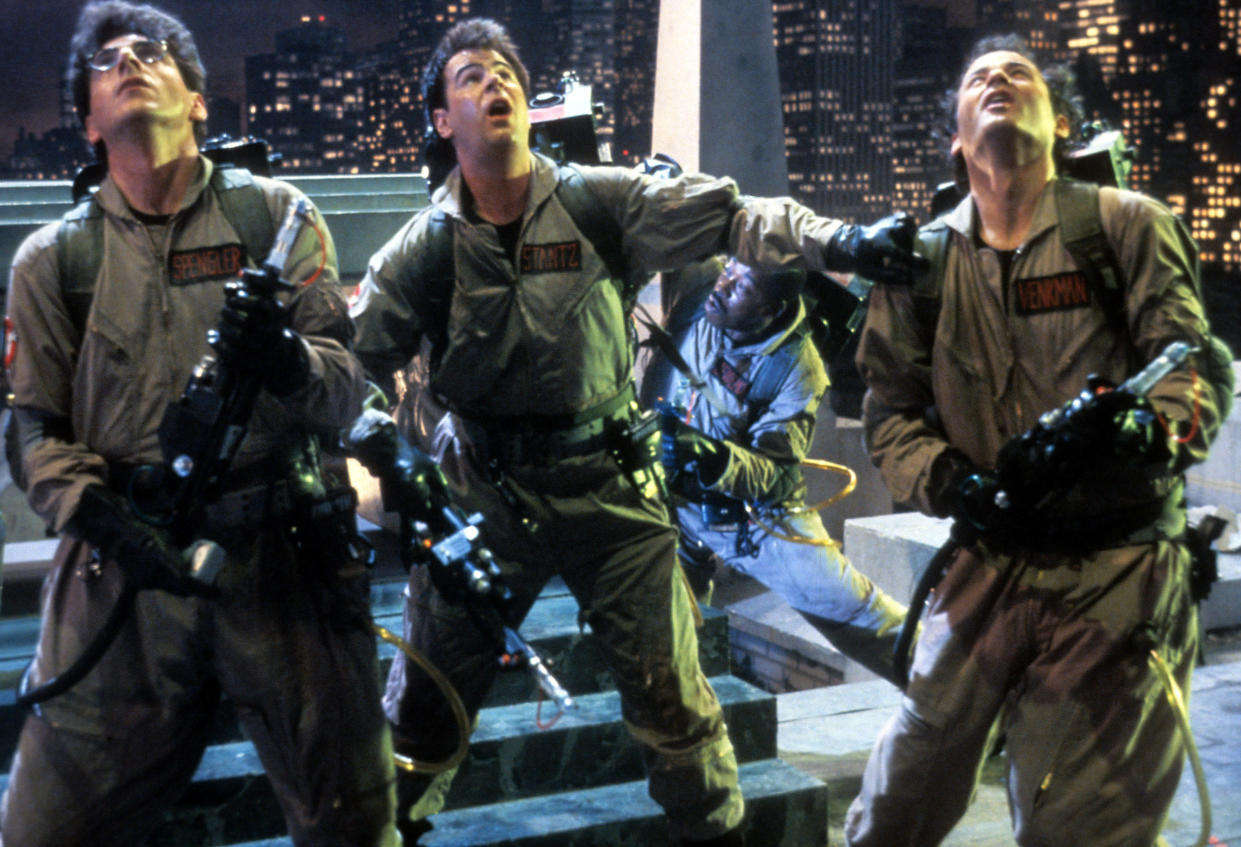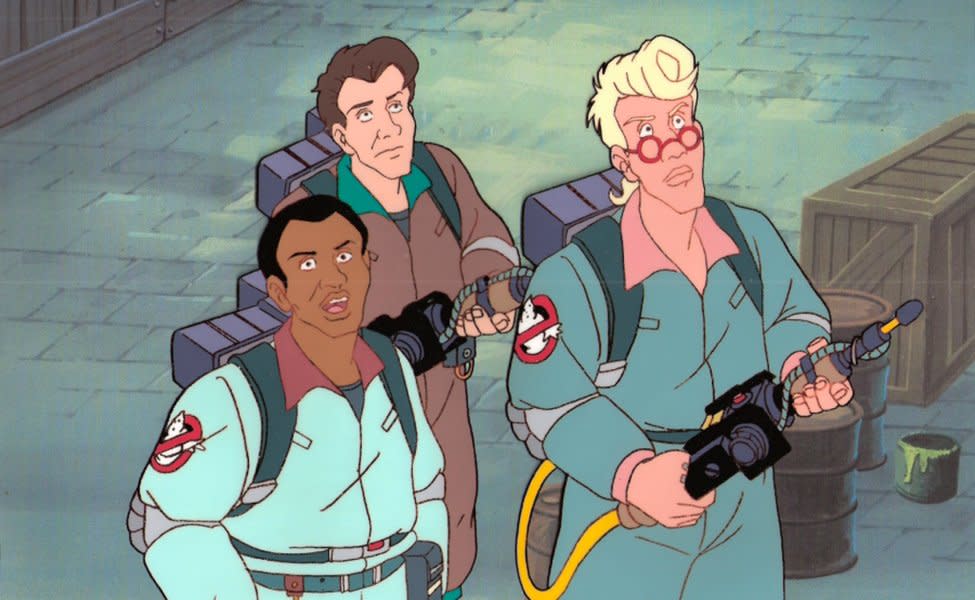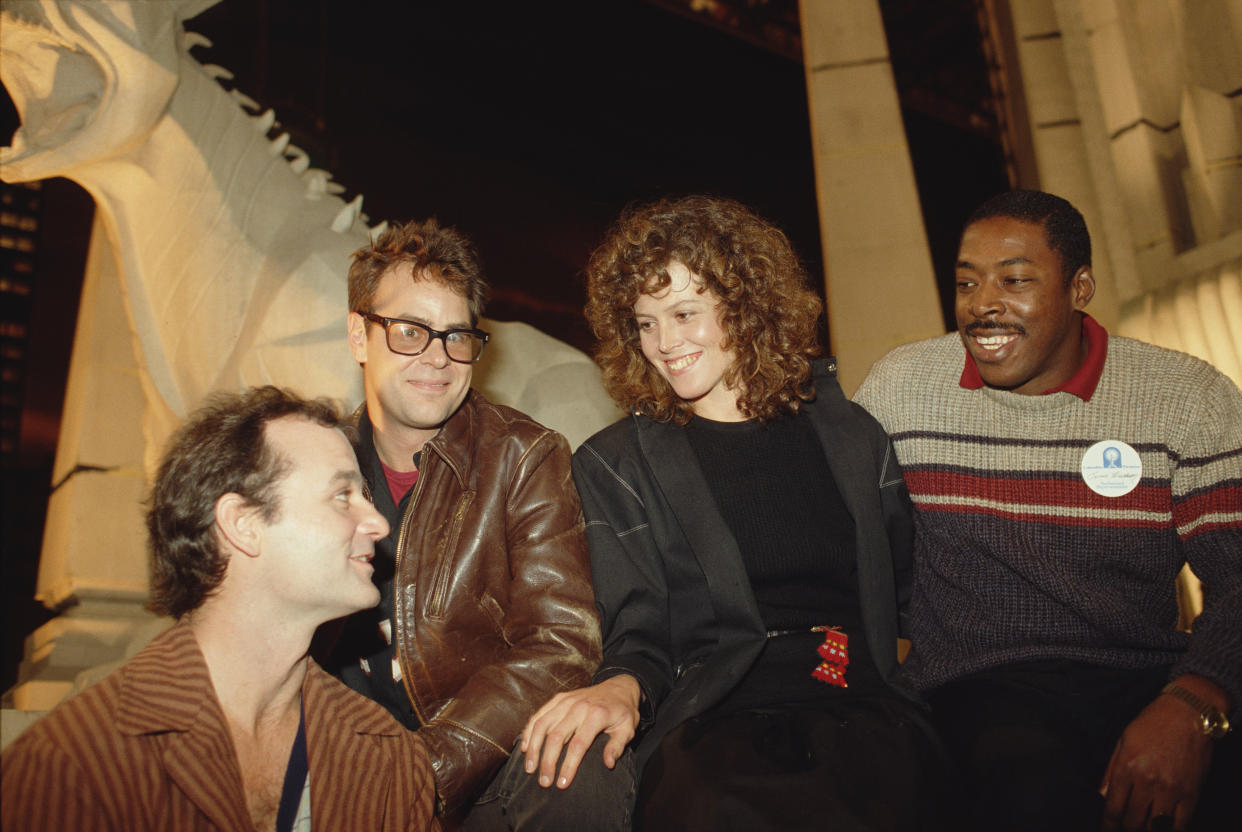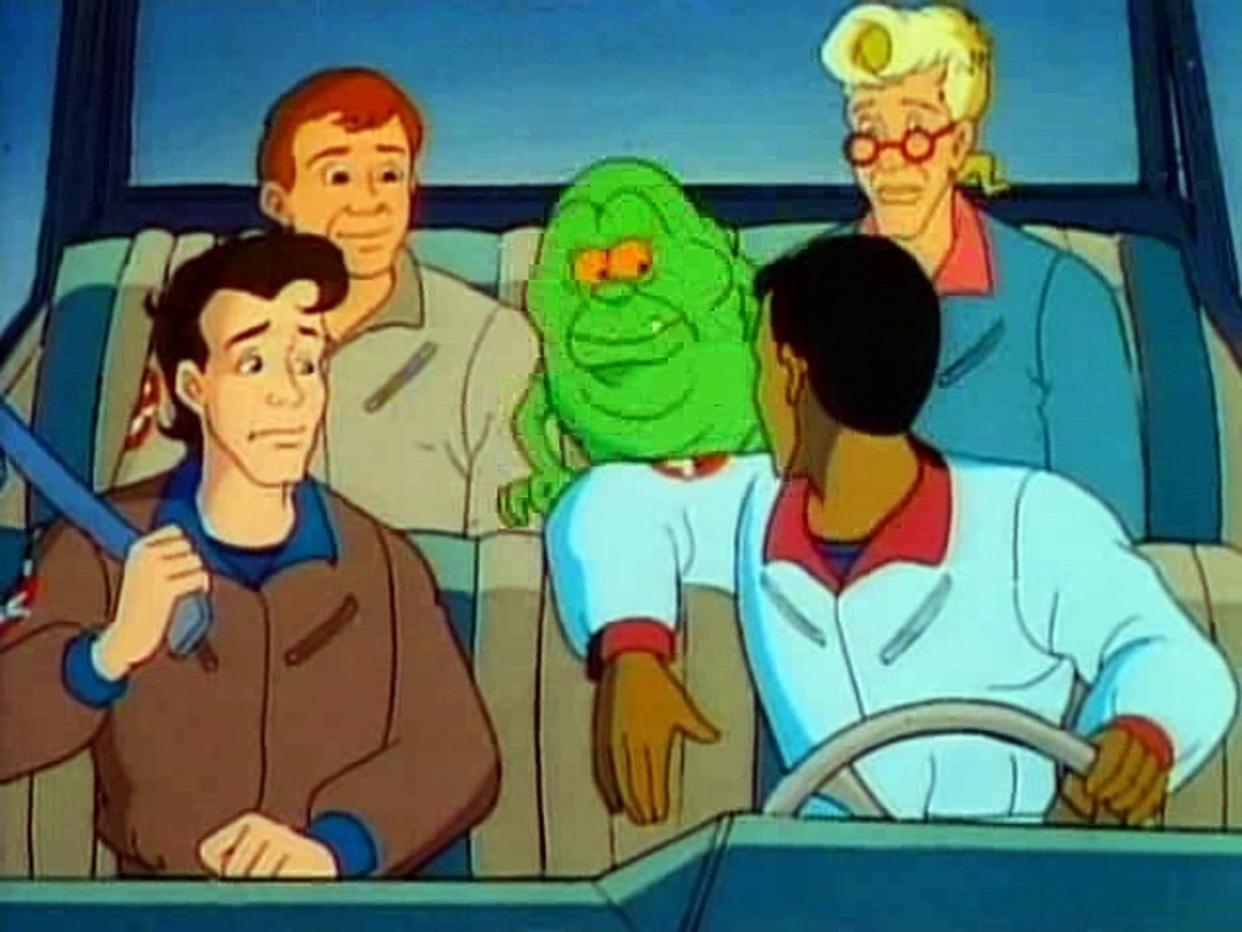How 'The Real Ghostbusters' ensured longevity for the 'Ghostbusters' franchise

It’s easy to forget that it took five years for audiences to get a sequel to Ghostbusters. As far as blockbuster mega-hits go, that’s pretty much unheard of.
After its release in June of 1984, Ivan Reitman’s original movie about four scientists-turned-ghost-hunters cleaning up New York’s haunted streets went on to nab the number one spot at the box office for seven consecutive weeks, earning a total gross of $146million before it was finally toppled by Prince flick Purple Rain.
After that, it was radio silence for half a decade — as the characters that brought us ectoplasm and the use of Twinkies as a measurement of scale came and went from the big screen quicker than an attack from a giant marshmallow man.

Well, sort of. As Ghostbusters fans spent their waking hours rewatching the movie on home video, an animated series arrived to capitalise on the runaway success of Reitman’s movie. Debuting in 1986, The Real Ghostbusters (the ‘Real’ was added to avoid a lawsuit with Filmations’ rival toon series The Ghost Busters) continued the bustin’ adventures of professors Egon Spengler, Peter Venkman, Winston Zeddemore and Ray Stantz, leading eager audiences right the way up to the release of Ghostbusters II in 1990. and beyond.
Read more: New 'Ghostbusters: Afterlife' clip reveals familiar foe
While none of the original cast returned for voice-duty (interestingly original Buster Ernie Hudson auditioned for his own role of Winston Zeddemore only to lose out to Arsenio Hall, while Garfield voice artist Lorenzo Music adopted Bill Murray’s Venkman, only for Murray to voice Music’s lasagna-loving cat years later), the show was a quick hit with avid fans desperate for more ghost-trap action.

However The Real Ghostbusters did more than just keep fans happy until a sequel appeared. With it came a wealth of merchandise, the majority of which became prime stocking filler fodder for kids all over the UK and the United States.
Typically, developing merch for your movie was considered somewhat of an afterthought until a canny George Lucas changed the game with Star Wars. A surprise hit, Columbia hadn’t banked on needing anything to accompany their streetwise supernatural comedy and therefore had no plans in place to capitalise on kids’ growing love of Reitman’s characters and Spengler’s techy kit.
It’s the primary reason why the red ‘no ghosts’ logo emerged as Ghostbusters’ primary selling point; it was the one thing the studio could quickly stick onto anything and everything they could rush onto shelves. However with The Real Ghostbusters, things changed.

With the show offering a much more colourful, kid-friendly aesthetic — and toy manufacturers keen to meet demand — Columbia hit a licensing goldmine, fast-tracking the production of figures, equipment, ghost-traps, lunchboxes, Ecto-1’s and much more — all inspired by the animated series.
As The Real Ghostbusters’ blue plastic proton pack became the UK’s must-have Christmas present of 1988 — strengthening fans’ love of the Ghostbusters’ world through endless play sessions and household ghost hunts — Columbia’s merchandising revenue for that year alone topped a staggering $200million.
Kit-aside, the animated series also played a huge role in transforming Slimer from the group’s first big job at the Sedgewick Hotel to the Ghostbusters’ unofficial mascot.
Played by voiceover icon Frank Welker, Slimer became so popular he took centre stage from season three onwards — with the entire show renamed Slimer! and the Real Ghostbusters and the gurgling, green ghost gobbling up thirty minutes of each episode’s hour-long timeslot.
A fast favourite among the young fans of the cartoon, Reitman was even forced to cater to the hungry ghost’s fanbase in his 1990 sequel — with the character’s design appearing much closer to its cartoon counterpart than its original 1984 look.

With such a strong cultural legacy among fans, it’s perhaps little surprise that the official Ghostbusters YouTube channel has begun re-airing classic episodes of The Real Ghostbusters in the lead up to the long-awaited debut of Ghostbusters: Afterlife.
If five years felt like a lifetime to fanatics back in the late 80s, we can only imagine what a thirty-one year wait has done to the appetite of those same folks who grew up on Saturday mornings glued to the telly watching The Real Ghostbusters, cereal bowl in hand and a plastic proton pack strapped to their backs.
It’s clear that while the Ghostbusters story may have started on the big screen, it was on the small screen where its longevity and nostalgic roots really took hold.
Ghostbusters: Afterlife is in cinemas now. Watch a trailer below.


